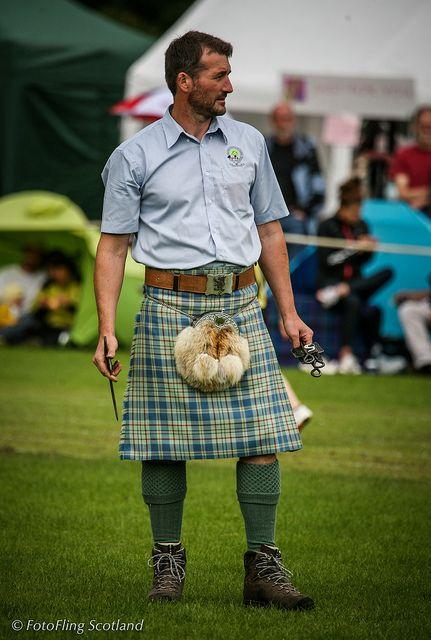Notifications
7 minutes, 46 seconds
-23 Views 0 Comments 0 Likes 0 Reviews

In a time when many families feel the strain of generational divides—be it due to technology, values, or shifting cultural landscapes—some traditions have a unique power to bring people back together. One such tradition is the wearing of the kilt. Far more than a piece of clothing, the kilt serves as a tangible link between past and present, inviting stories, memories, and shared identity across generations. In families of Scottish descent or admiration, this single garment can spark meaningful dialogue between grandparents, parents, and children.
This article explores how the kilt can reignite intergenerational conversations, deepen family bonds, and serve as a gateway to shared heritage and storytelling.
Kilts are often passed down as family heirlooms, rich with emotional and historical value.
Wearing a grandfather’s or father’s kilt creates a direct connection to the past.
Questions arise naturally: “When did you wear this?” “What’s the story behind this tartan?”
These moments invite stories that might otherwise remain untold—of weddings, military service, family celebrations, and even migration.
✔ The kilt becomes a conversation starter, unlocking memories long held but rarely shared.
Many younger people may feel distant from their cultural roots. Wearing a kilt can be a catalyst for curiosity.
Teenagers and children often ask about family tartans, clan names, and Scottish history when preparing to wear a kilt for the first time.
Parents or grandparents have an opportunity to explain traditions, values, and what the kilt meant to earlier generations.
These conversations may inspire genealogy research, cultural exploration, or even travel to Scotland.
✔ A kilt offers not just a moment of dress-up—but an invitation to connect with identity.
Wearing a kilt is often part of a shared experience—a wedding, a ceilidh, a family reunion, or a graduation.
Preparing for the event together—fitting the kilt, adjusting the sporran, folding the pleats—becomes an intimate ritual between generations.
Older relatives may teach younger ones how to properly wear Highland dress, explaining the meaning of each piece.
These shared moments create memories and traditions that bind families together across time.
✔ The act of dressing together becomes a multigenerational dialogue without the need for words.
Sometimes, seeing an old kilt in a wardrobe or photograph brings long-dormant stories to the surface.
“That was your uncle’s kilt when he joined the pipe band.”
“I wore this tartan the day we moved from Scotland.”
“This belonged to your great-grandfather, who wore it at his wedding in 1932.”
Each memory enriches the family narrative, providing context, character, and emotion to names and dates that may otherwise feel abstract.
✔ The kilt becomes a thread connecting history, storytelling, and shared memory.
As younger generations wear the same kilt in new ways—paired with hoodies, sneakers, or reimagined in modern styles—it opens up a space for respectful evolution of tradition.
Elders may see their grandchildren proudly honoring culture in a contemporary way, sparking dialogue about how traditions evolve.
Younger family members can ask questions like: “Did you ever wear your kilt this way?” or “What was your favorite event to wear it to?”
These conversations allow families to explore differences and common ground across generations.
✔ A kilt offers a way to celebrate tradition without being confined by it, inspiring mutual respect.
In families where communication has broken down or where grief lingers, the kilt can provide an emotional bridge.
Wearing a loved one’s kilt at a memorial or special event can lead to reflection, gratitude, and storytelling.
Seeing photos of family members in the same tartan over decades can evoke connection and continuity.
These moments can help open conversations about loss, values, and legacy, healing wounds through shared remembrance.
✔ Sometimes, clothing holds what words cannot express.
Not every intergenerational conversation needs to be serious. Kilts often spark laughter and light-hearted dialogue.
“What do you wear under that kilt?”
“Did you really dance all night in this thing?”
“Who wore it better—me or Grandpa?”
These moments of humor create a relaxed space for deeper discussion, making cultural conversation accessible and enjoyable.
✔ Kilts bring a mix of dignity and playfulness that helps generations relate on a human level.
As older generations pass down kilts, they’re also passing down a sense of cultural responsibility.
“Take care of this—it’s part of our story.”
“Wear this with pride and respect.”
“Tell your kids about this one day.”
These statements turn the kilt into more than a garment—it becomes a symbol of family honor, resilience, and identity.
✔ For younger wearers, the kilt is both a gift and a charge to carry the story forward.
In an increasingly fast-paced and disconnected world, the kilt offers families a way to pause, reflect, and reconnect. It opens doors to stories untold, relationships renewed, and identities explored. Whether worn at a wedding, inherited after a loss, or discovered in an attic, the kilt reminds us that what we wear can carry not just style—but memory, meaning, and dialogue.
When generations gather around a single garment, they don’t just see fabric. They see each other—and they talk.
cultural conversations tartan stories kilt family legacy ancestral connection Highland dress kilt storytelling cultural bonding

